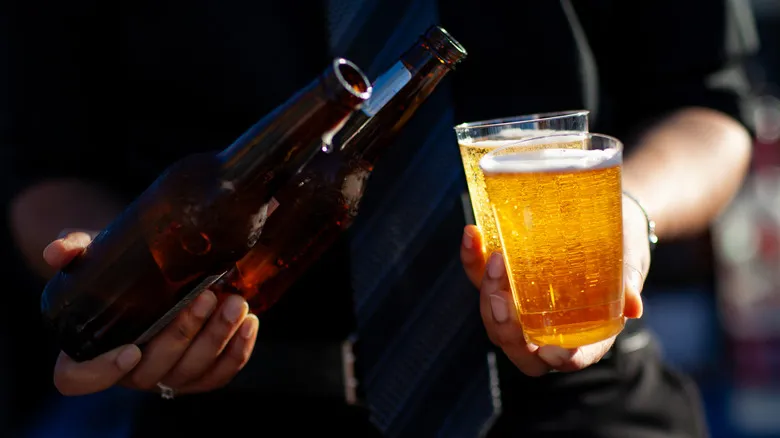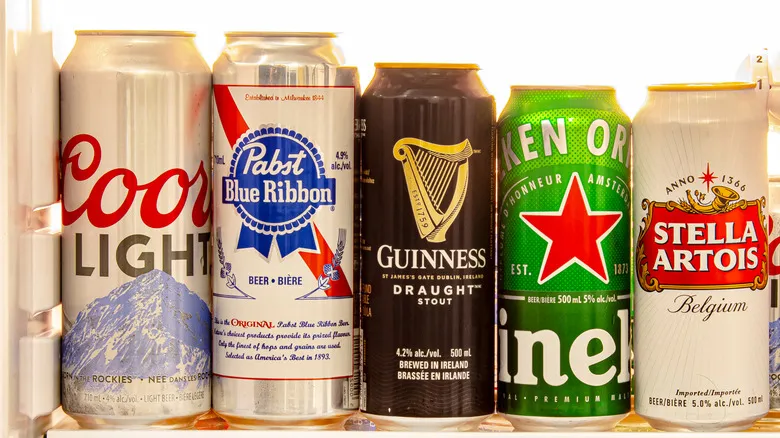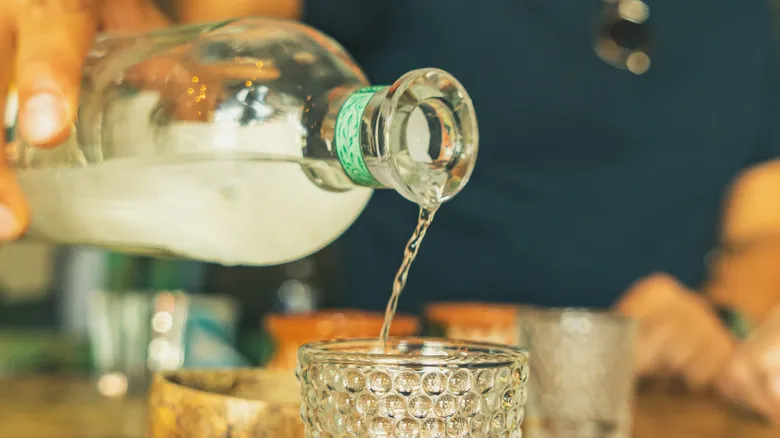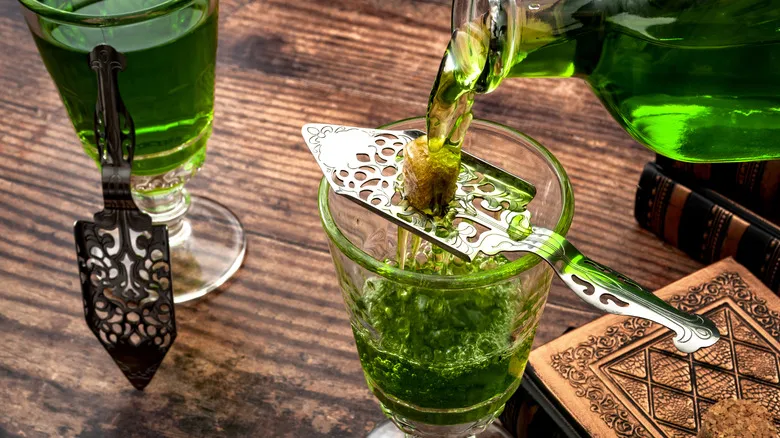Beer sediment is made of dead yeast

There are two main methods that significantly contribute to the formation of sediment. The first is bottle conditioning. To achieve carbonation, brewers introduce sugar or unfermented beer into already-filled bottles. This process triggers additional fermentation, generating gas and enhancing freshness. Retaining the dead yeast in the mixture is a more traditional approach, reminiscent of the production of historic drinks like the cloudy beer enjoyed by Vikings.
On the other hand, intentionally hazy beers make use of the yeast-protein blend after bottling. This technique improves the beer's creamy mouthfeel and can impart a subtle spiciness to the flavor. It is commonly seen in hefeweizens, where the yeast is mixed back into the beer upon pouring. If you prefer not to see any sediment, you can simply leave it at the bottom of the bottle. Just as you might question how much foam is acceptable in your beer, rest assured that sediment won’t detract from your experience; it merely changes the visual aspect of your drink.
Recommended

How Much Sugar Is In A Single Glass Of Red Wine?

Canned Beer Gets Way Bigger Than Just A Tallboy. What Are The Largest Sizes?

The Difference Between Tequila And Mezcal

Swap Vodka With Absinthe For An Invigorating Twist On The Martini
Next up

